7 Iconic Antique Glassware Brands Every Collector Should Know
From table settings to decorative shelves, antique glassware has remained a favorite among collectors. Certain brands stand out because of their quality, detail, and influence. These pieces are often found in estate sales, antique shops, or passed down through families. If you are curious about what makes one brand more desirable than another, this guide is a helpful place to begin. Explore the history and appeal behind some of the most admired makers.
This post may contain affiliate links, which helps keep this content free. Please read our disclosure for more info.
Fenton Art Glass Company
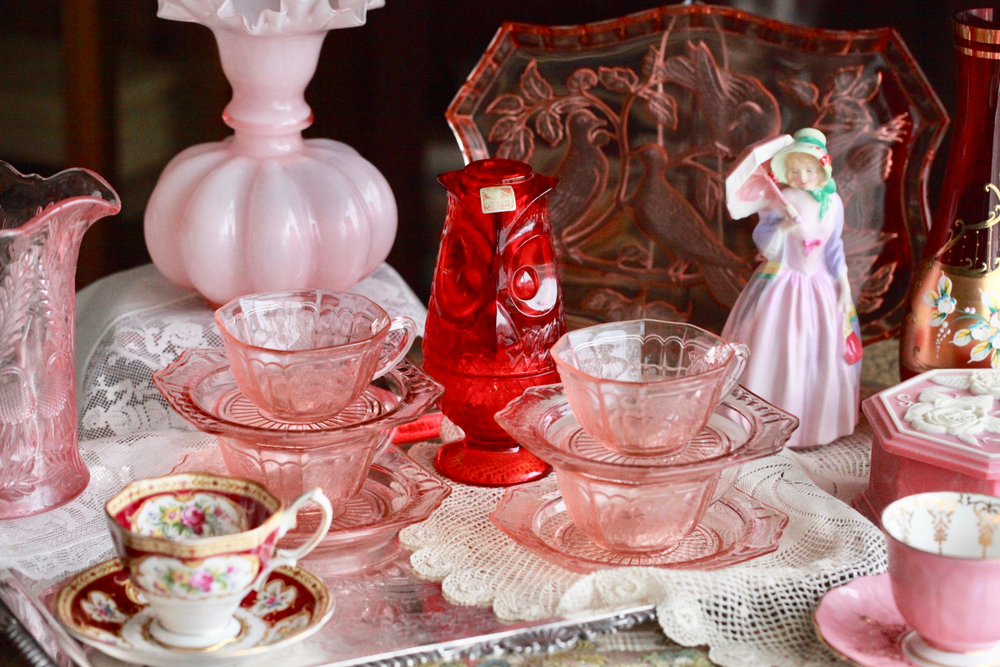
Fenton was founded in 1905 and became one of the most recognizable names in American glassmaking. The company was known for its vibrant colors, especially carnival glass and opalescent finishes. Many collectors enjoy Fenton pieces for their patterns, which often include hobnail, coin dot, and ruffled edges. These styles brought elegance to everyday glassware.
Fenton remained a family-run business for over a century. Limited runs and hand-painted designs increased collector interest. Even after closing in 2011, Fenton glass remains easy to find at antique shops and online. Many pieces are signed by artists, adding to their charm and value.
Heisey Glass Company
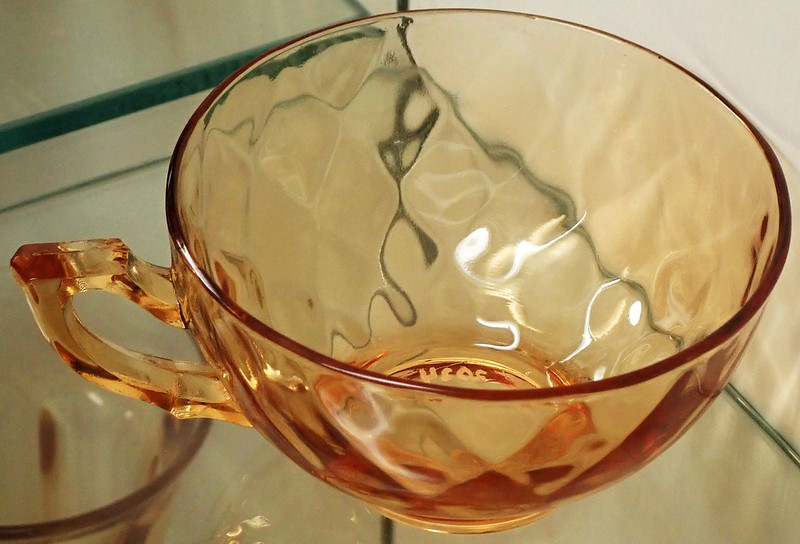
Heisey began in 1896 in Newark, Ohio, and produced high-quality pressed and cut glass. The brand gained attention for its clear glass that sparkled like crystal and felt heavy in the hand. Popular patterns like Crystolite and Orchid became favorites in homes and hotels. The H-in-a-diamond mark helps collectors spot authentic pieces.
Heisey glassware was both elegant and durable, often used for formal dining. Production ended in 1957, but interest has remained strong. Many collectors appreciate the clean lines and precise design of Heisey pieces. The Heisey Museum in Ohio continues to preserve the company’s history.
Cambridge Glass Company
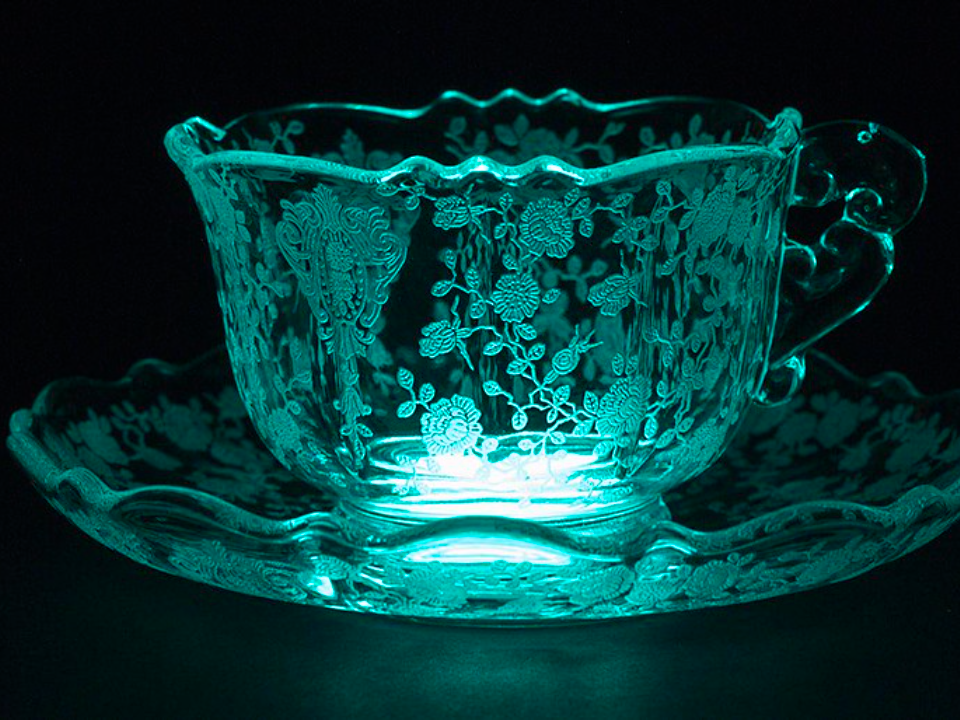
Cambridge Glass started in 1873 and produced some of the most refined glass patterns of the early 20th century. Known for pieces like Rose Point and Caprice, the brand offered delicate etchings and detailed mold work. Cambridge glass often appeared in wedding gifts and holiday displays. Its clear and colored glass came in shades like Crown Tuscan pink and Moonlight Blue.
The company shut down in the 1950s, but its glassware remains widely collected. Elegant shapes and crisp etchings made Cambridge a standout at the time. Collectors look for marks such as the triangle C to confirm authenticity. Many pieces are displayed in homes or used for special occasions.
Imperial Glass Corporation
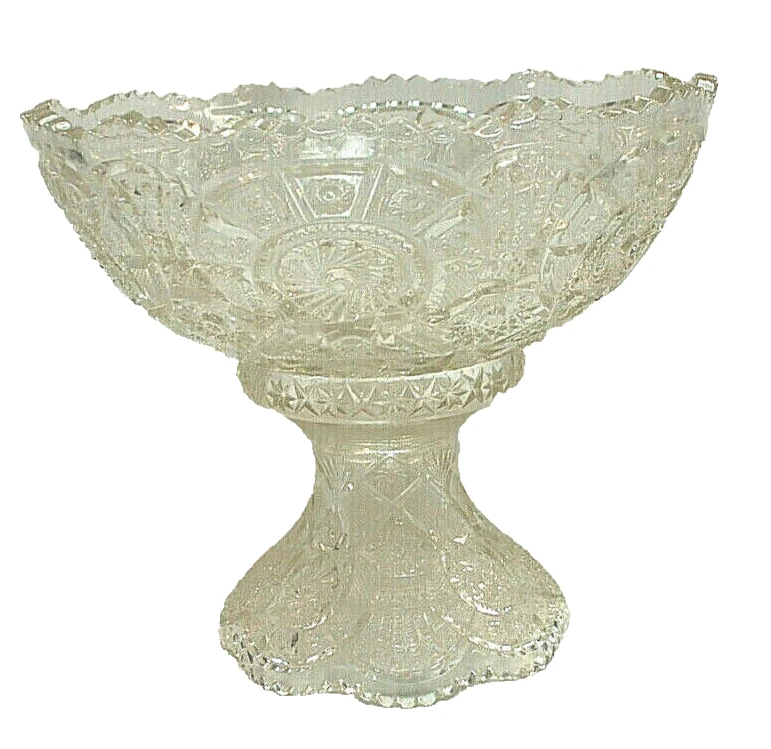
Imperial Glass was founded in 1901 in Bellaire, Ohio, and became known for its bold colors and intricate designs. The company gained early success with its carnival glass, which had a shiny, rainbow-like finish. Later lines included popular patterns such as Candlewick and Cape Cod. These styles helped define the look of American glassware from the 1930s to the 1970s.
Collectors admire Imperial for its variety of forms, including pitchers, vases, and candy dishes. Many pieces are unmarked, which can make identification a bit tricky. Still, color and shape often reveal the brand’s signature style. The Imperial Glass Museum still showcases its rich history.
Anchor Hocking
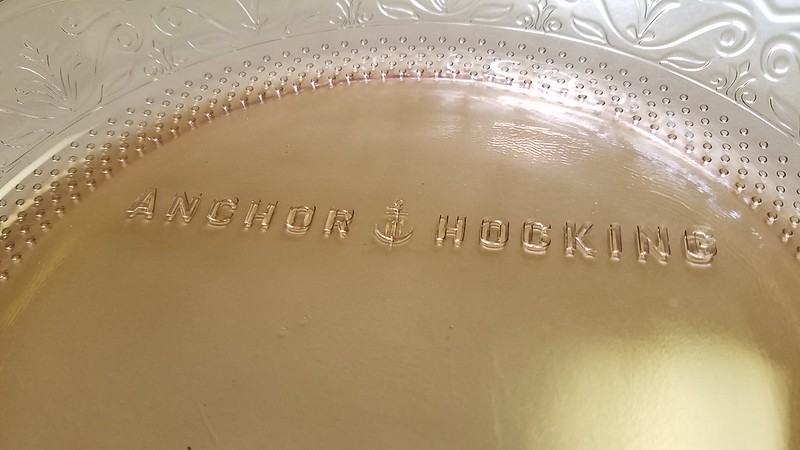
Anchor Hocking has been producing glassware since 1905 and is still in operation today. It became a household name for products like Fire-King, a line known for its jadeite green and milk glass colors. These durable pieces were used daily in American kitchens throughout the 1940s and 1950s. From mixing bowls to coffee mugs, Fire-King became a kitchen staple.
Collectors value Anchor Hocking glass for its mix of function and nostalgia. Some Fire-King items now fetch high prices, especially if they are in rare colors or marked with the brand’s logo. Other popular lines include Royal Ruby and Forest Green. These pieces continue to be popular in vintage shops and flea markets.
Westmoreland Glass Company
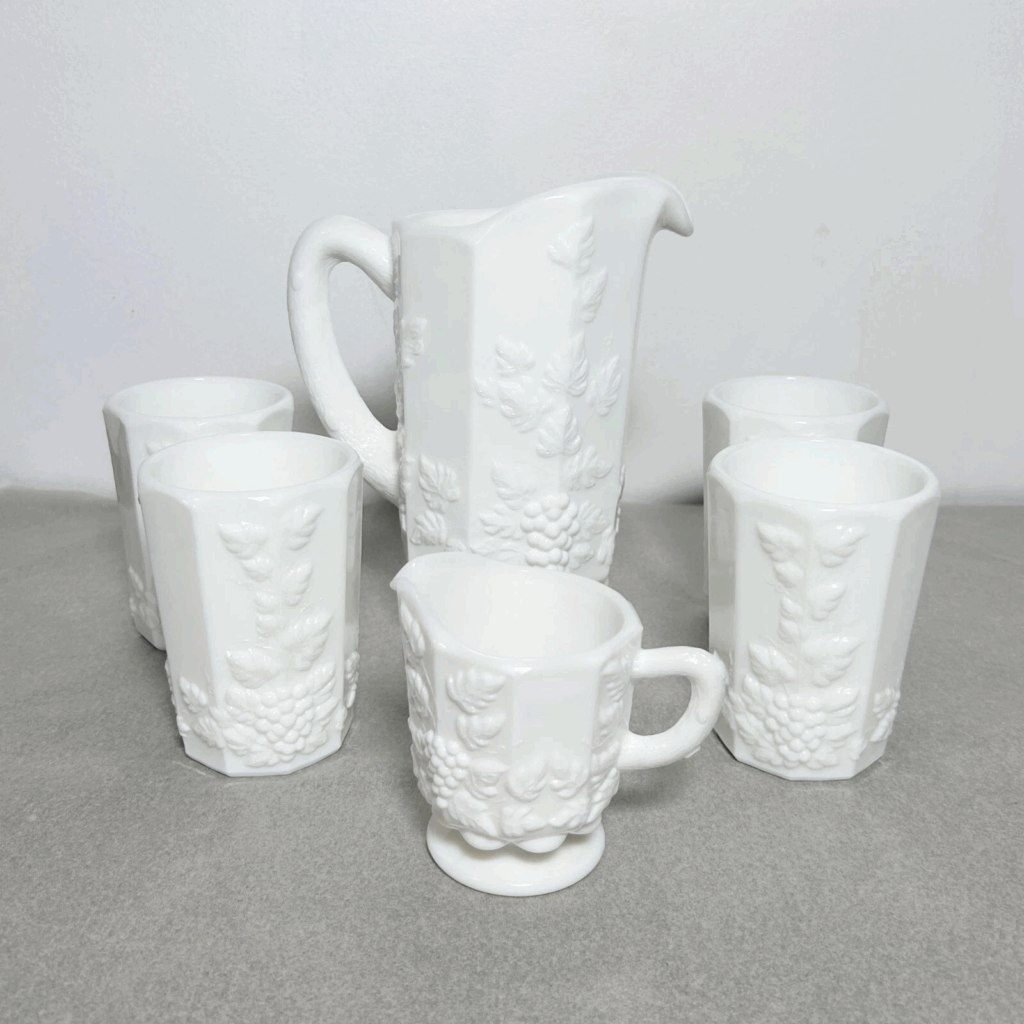
Westmoreland started in 1889 and became well known for its milk glass. The company produced a wide range of decorative pieces, including compotes, candy dishes, and covered animal dishes. Westmoreland milk glass often features grape, paneled, or beaded patterns. These pieces were popular gifts and home accents.
The brand continued into the 1980s before closing its doors. Many items carry the WG mark or are labeled with stickers. Collectors enjoy the crisp white finish and traditional forms. Westmoreland glass remains widely collected, especially among fans of vintage kitchenware.
Jeannette Glass Company
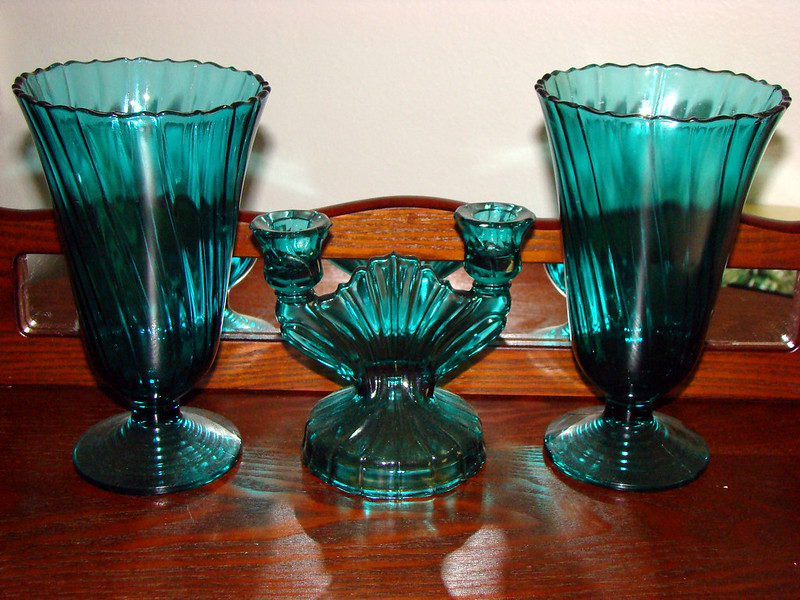
Jeannette Glass began in the early 1900s and became a major player during the Depression glass era. Their products were often given away in promotions or sold at low cost, making them accessible to many families. Patterns like Cherry Blossom and Doric were popular and came in soft pinks, greens, and yellows. Jeannette also made refrigerator dishes and measuring cups.
Collectors often look for Jeannette pieces with a smooth, shiny finish. Some items carry a J mark, while others are identified by pattern alone. The brand remains a favorite for those interested in Depression-era kitchenware. These cheerful pieces remind many people of family traditions and home-cooked meals.
This article originally appeared on Avocadu.
